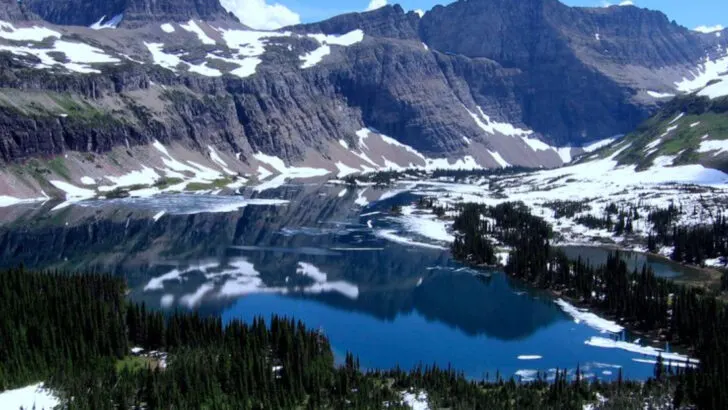Step into a land where jagged peaks kiss the sky and crystal lakes mirror the clouds. Montana’s Glacier Country feels like the Scottish Highlands transported across the Atlantic—without the long flight. Every bend in the Going-to-the-Sun Road reveals cliffs, waterfalls, and wildlife that steal your breath faster than the mountain air. Hike through alpine meadows dotted with wildflowers, or catch a glimpse of mountain goats balancing on impossible ledges. Each trail, each vista, whispers stories of glaciers carving the valleys over millennia. Beyond the scenery, the region pulses with history. Scottish settlers left their mark in local festivals, rustic lodges, and even some recipes.
In Glacier Country, nature and culture collide in ways that feel ancient, raw, and unforgettable—like stepping into a land you’ve only dreamed of.
Glacier National Park: The Crown Jewel
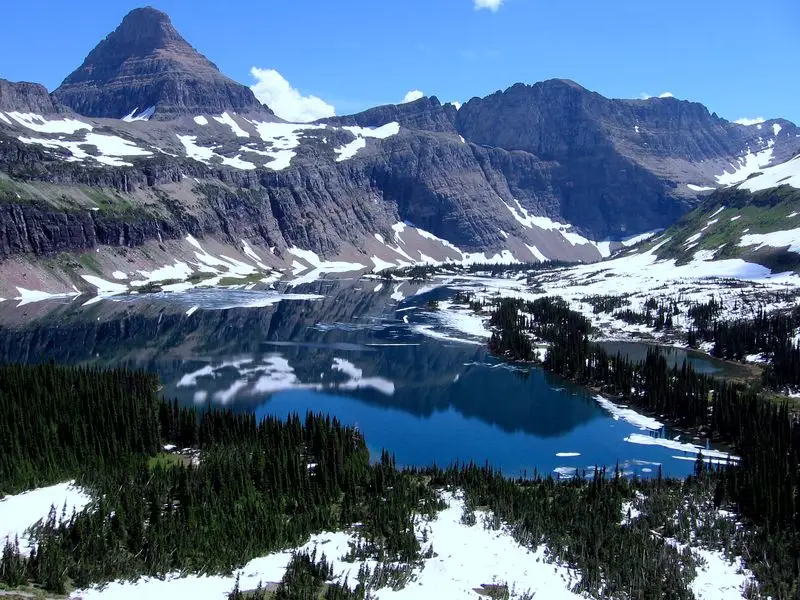
Mark Wagner/ Wikimedia CommonsGlacier National Park spans over 1 million acres, home to jagged peaks and over 700 lakes. Visitors can drive the historic Going-to-the-Sun Road for breathtaking panoramic views. This park is a sanctuary for wildlife, including grizzly bears and bighorn sheep.
With over 700 miles of trails, hikers of all levels can explore its vast wilderness. Founded in 1910, the park holds cultural significance for local communities and serves as a gateway for visitors to connect with nature. Its ecological diversity makes it a vital preservation site.
Beartooth Mountains: Montana’s Rugged Backbone
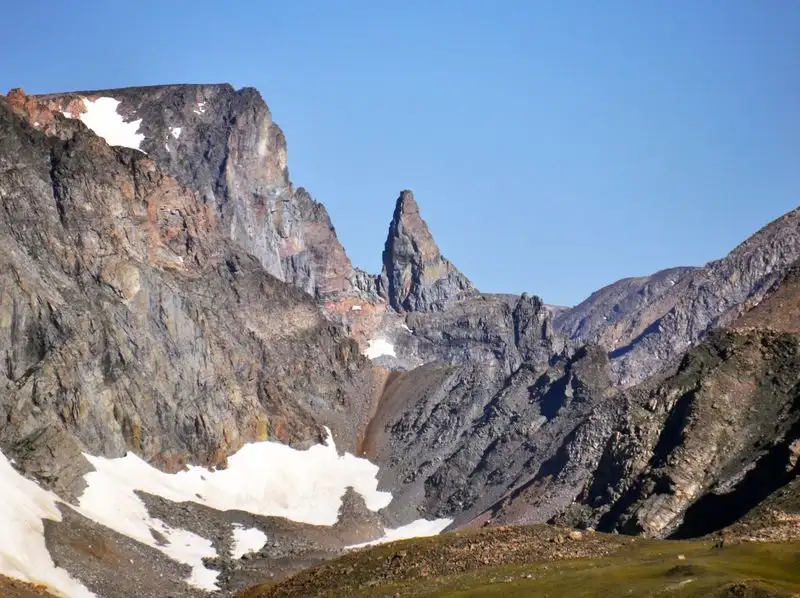
The Beartooth Mountains, part of the Absaroka-Beartooth Wilderness, captivate with their alpine beauty and challenging terrains. Granite Peak, at 12,799 feet, stands as Montana’s highest point. The Beartooth Highway, one of North America’s highest paved roads, offers breathtaking views.
Dotted with over 300 glacial lakes, it’s a haven for outdoor enthusiasts. As part of the Greater Yellowstone Ecosystem, this region supports diverse wildlife and plant species, making it ecologically significant. Its rugged charm and pristine landscapes evoke the spirit of adventure in every visitor.
Flathead Lake: A Scottish Loch in the Rockies
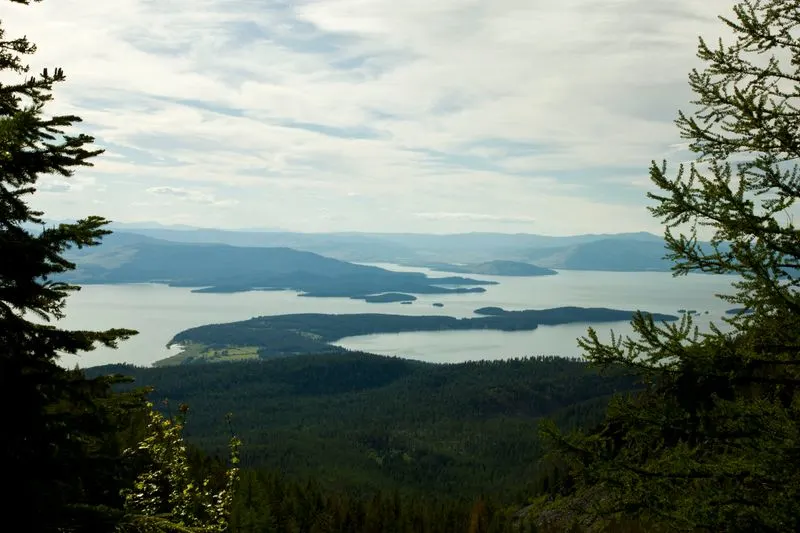
Flathead Lake, the largest natural freshwater lake west of the Mississippi, offers serene waters and picturesque views. Popular for boating, fishing, and swimming, it draws visitors seeking relaxation and adventure alike.
The surrounding towns, like Bigfork and Polson, provide a taste of local culture and cuisine. Scottish immigrants once settled here, leaving a lasting impact on the region’s traditions. Their influence is woven into the local fabric, from architecture to festivals. It’s a vibrant reminder of the cultural ties between Montana and Scotland.
Historic Scottish Influence: From Settlers to Festivals
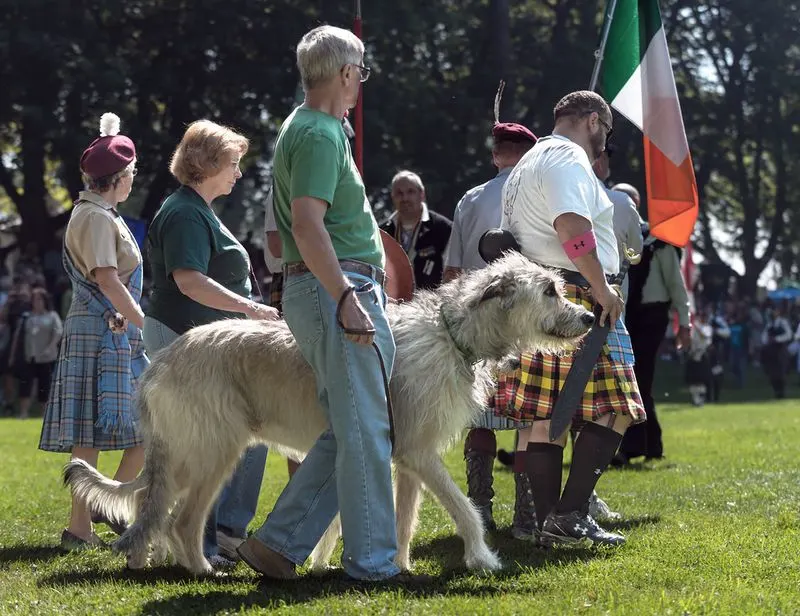
Scottish immigrants profoundly influenced Montana’s cultural landscape, shaping the region’s identity. Their architectural styles can be seen in local buildings, reminiscent of their homeland. Festivals celebrate this heritage, with events like the Montana Scottish Festival in Missoula showcasing traditional music, dance, and food.
Scottish clans and societies have formed, preserving cultural practices and fostering community ties. These contributions highlight the enduring Scottish spirit in Montana, providing a colorful tapestry of history and tradition for residents and visitors to explore and enjoy.
Climate & Seasons: Embracing the Elements
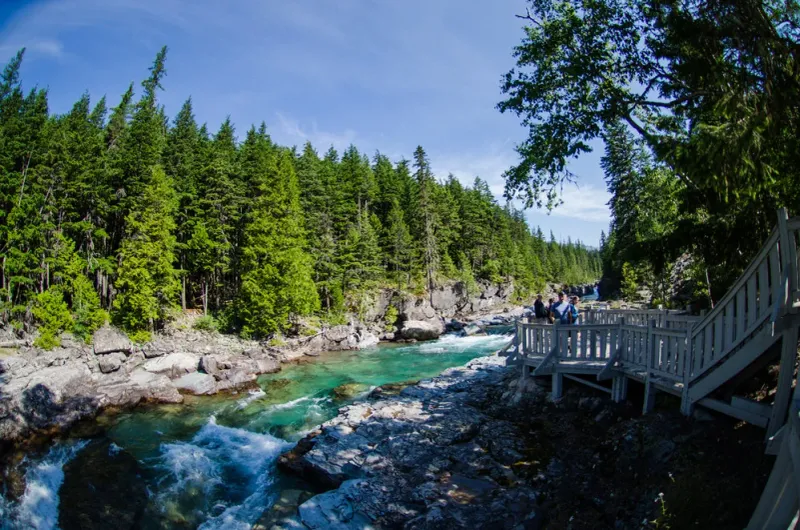
Montana’s climate offers distinct seasons, each displaying the state’s diverse beauty. Summers bring warm temperatures perfect for hiking and water activities. Fall transforms the landscape with vibrant foliage, inviting harvest festivals.
Winter blankets the region in snow, perfect for skiing and snowshoeing adventures. Understanding the seasonal nuances helps visitors plan their trips, ensuring they pack appropriately for varying conditions. Embracing each season’s unique offerings allows travelers to experience Montana’s natural splendor in its most authentic form, whether under the summer sun or winter’s chill.
Planning Your Visit: Tips for Travelers
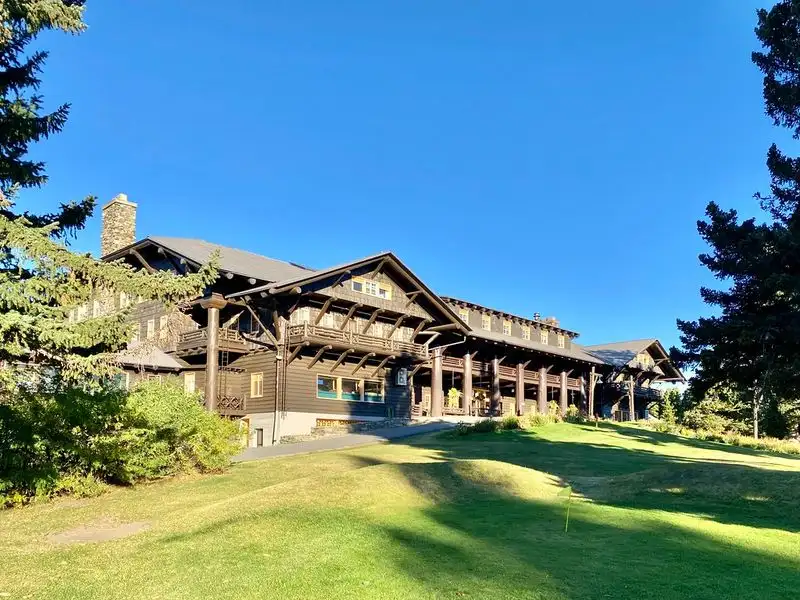
The best time to visit Glacier Country is from late spring to early fall, when the weather is optimal for exploration. Accommodations range from historic lodges within Glacier National Park to secluded cabins in the Beartooth Mountains.
Cozy bed and breakfasts in towns like Bigfork and Missoula offer charming stays. Activities include guided tours through stunning landscapes and attending local festivals celebrating Scottish heritage. With careful planning, visitors can make the most of their trip, experiencing the rugged charm and cultural richness that define this remarkable region.

